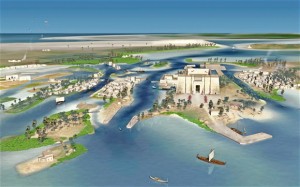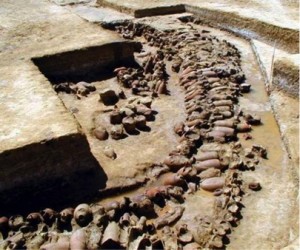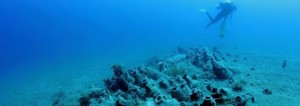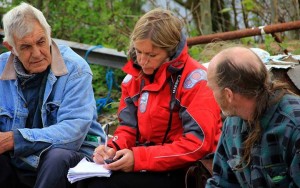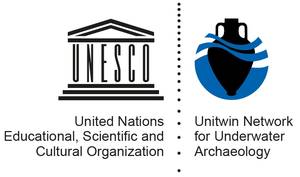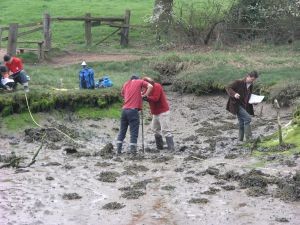
Toward an Archaeology of Boarding: Naval Hand-to-Hand Combat Tactics in Northwestern Europe in the 16th Century
In this blog post, maritime archaeologist Rolf W. Fabricius explores the forgotten side of naval combat: hand-to-hand boarding action.
Much research has been undertaken over the years to illuminate the use of naval power in European warfare in the past (e.g. Corbett 1905; Paviot 1997; Dickie et al. 2009; Nelson 2001; Rose 2002; Grant 2008; Hildred 2011); yet, there has been surprisingly little written on the subject of naval boarding and hand-to-hand fighting tactics at sea in general.
Continue reading →

